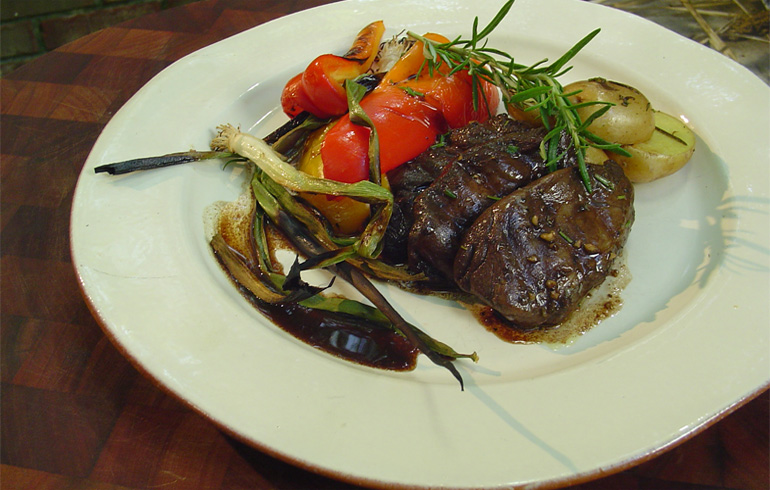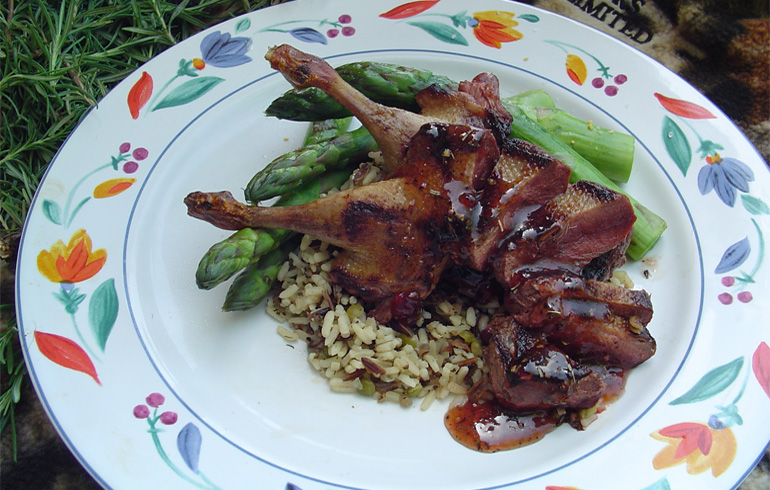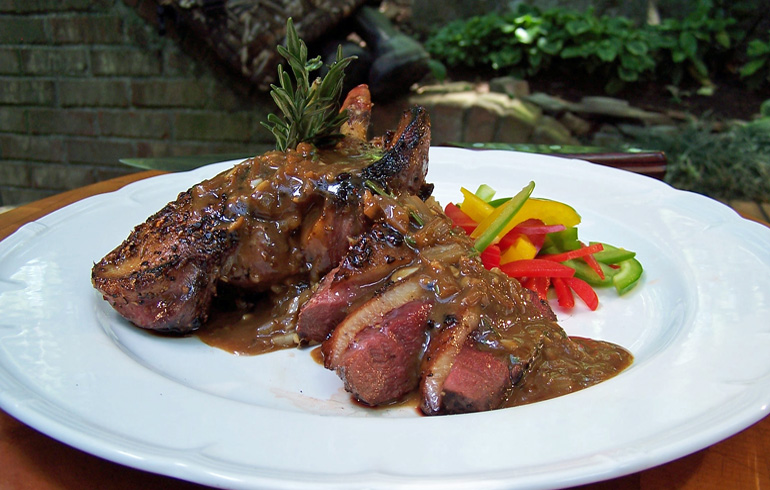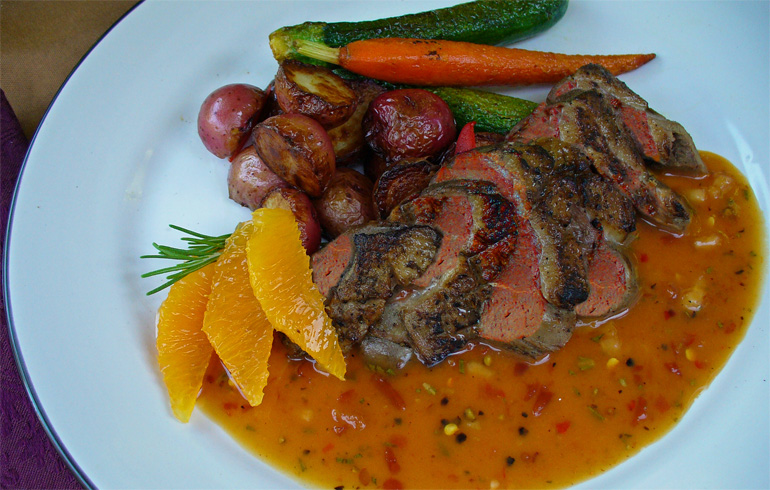Valentine’s Day – Dine In, Not Out
I like to support good restaurants, especially those that are owned by industrious, hard-working folks who understand the importance of great food and service, but I know better than to dine out on Valentine’s Day.
It’s just not my thing. Go there the day before or after and choose from their normal menu and there’s probably no waiting. A few years ago, we started our own holiday tradition of inviting another couple or two to our house for Valentine’s Day. The steak and lobster is at least as good as any restaurant and the wine is considerably better.

I like to support good restaurants, especially those that are owned by industrious, hard-working folks who understand the importance of great food and service, but I know better than to dine out on Valentine’s Day. It’s just not my thing. Go there the day before or after and choose from their normal menu and there’s probably no waiting. A few years ago, we started our own holiday tradition of inviting another couple or two to our house for Valentine’s Day. The steak and lobster is at least as good as any restaurant and the wine is considerably better. And there’s no waiting, no pressure to vacate the table for the next reservation and we’ll all save some money. Kick back and stay as long as you like.  If you plan to impress your special someone with a wild game dish on Valentine’s Day, think about how you can make it pleasing to both the taste buds and to the eyes. It’s probably not the best time to serve a whole duck or a hunk of bony meat that requires too much work to get a forkful from the plate to your mouth. This isn’t duck camp.
If you plan to impress your special someone with a wild game dish on Valentine’s Day, think about how you can make it pleasing to both the taste buds and to the eyes. It’s probably not the best time to serve a whole duck or a hunk of bony meat that requires too much work to get a forkful from the plate to your mouth. This isn’t duck camp.  If I’m going to serve wild duck for Valentine’s Day dinner, I’ll start by breaking down a pair of plucked puddlers into parts – legs and thighs, breast fillets and carcasses. I save the carcasses for later when I have enough of them to make a big batch of duck stock. The legs and breasts fillets will go into a brine for 6 to 12 hours. After brining, pat them dry, rub with olive oil, salt and pepper. Since the legs are sinewy and require low heat and a few hours cooking time before they’re fall-off-the-bone tender, brown and braise them first. You can actually cook the legs a day or two in advance. Place the seasoned breast fillets, skin side down, in a lightly-oiled skillet over medium-high heat. Don’t mess with them until the skin is brown and crispy. Flip them over, add the pre-cooked legs and brown the breasts on the other side, but not past medium-rare. Remove the duck parts and deglaze the skillet with a big splash of red wine, balsamic vinegar, berry preserves, minced garlic and rosemary. Once the liquid has been reduced to just a few tablespoons, whisk in a few tablespoons of chilled butter until it is emulsified. Sliced the duck breasts and arrange them around the warmed legs. Spoon sauce the pan sauce over, garnish with a few fresh berries and serve with a peppery zinfandel.
If I’m going to serve wild duck for Valentine’s Day dinner, I’ll start by breaking down a pair of plucked puddlers into parts – legs and thighs, breast fillets and carcasses. I save the carcasses for later when I have enough of them to make a big batch of duck stock. The legs and breasts fillets will go into a brine for 6 to 12 hours. After brining, pat them dry, rub with olive oil, salt and pepper. Since the legs are sinewy and require low heat and a few hours cooking time before they’re fall-off-the-bone tender, brown and braise them first. You can actually cook the legs a day or two in advance. Place the seasoned breast fillets, skin side down, in a lightly-oiled skillet over medium-high heat. Don’t mess with them until the skin is brown and crispy. Flip them over, add the pre-cooked legs and brown the breasts on the other side, but not past medium-rare. Remove the duck parts and deglaze the skillet with a big splash of red wine, balsamic vinegar, berry preserves, minced garlic and rosemary. Once the liquid has been reduced to just a few tablespoons, whisk in a few tablespoons of chilled butter until it is emulsified. Sliced the duck breasts and arrange them around the warmed legs. Spoon sauce the pan sauce over, garnish with a few fresh berries and serve with a peppery zinfandel. 
Orange Balsamic Glaze
Here’s another easy sauce to serve with duck. This syrupy sauce is a simple final baste, glaze or finishing sauce for any wild game. Make a batch and store in a squeeze bottle or other container in the refrigerator. Warm to room temperature and drizzle on the plate to as a tasty sauce that gives your dish eye-popping appeal.
Makes 1 cup
4 cups balsamic vinegar
1 sprig rosemary (or 1 tsp dried rosemary leaves)
2 garlic cloves, minced
3 tablespoons orange juice concentrate
Heat first three ingredients in a saucepan over medium-high heat until there is about 1 cup liquid. Strain through a sieve or colander lined with paper towels or cheesecloth, discarding solids and reserving liquid. Stir orange juice concentrate into liquid.





